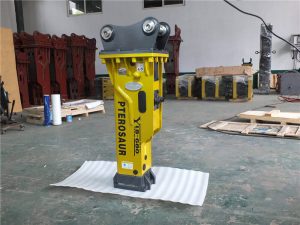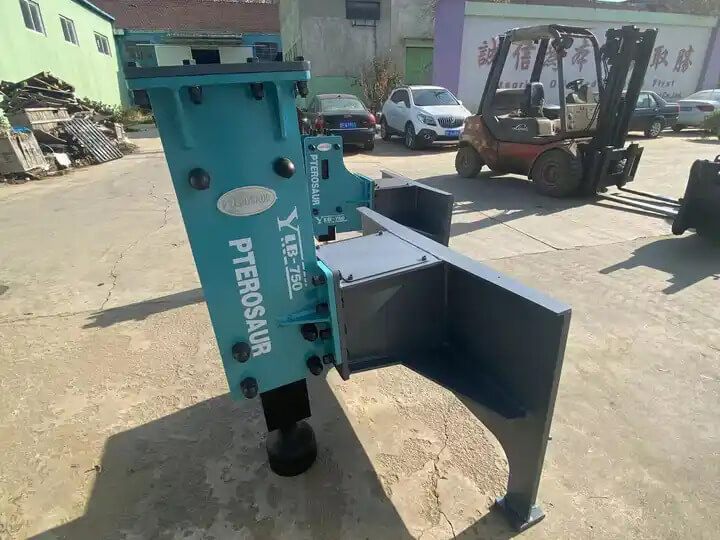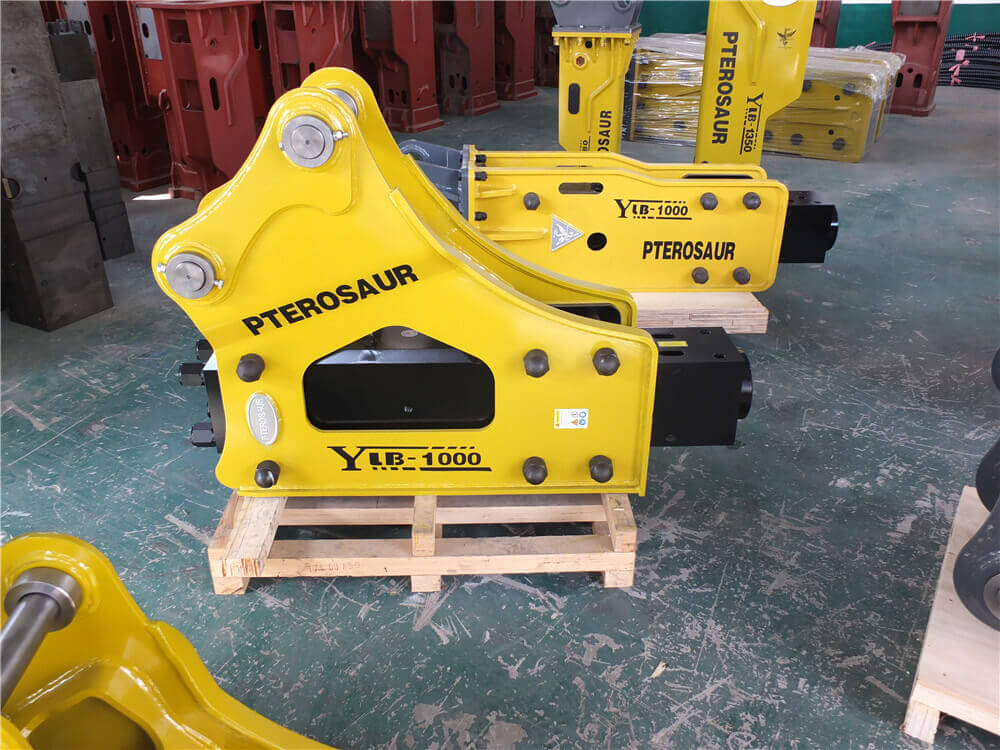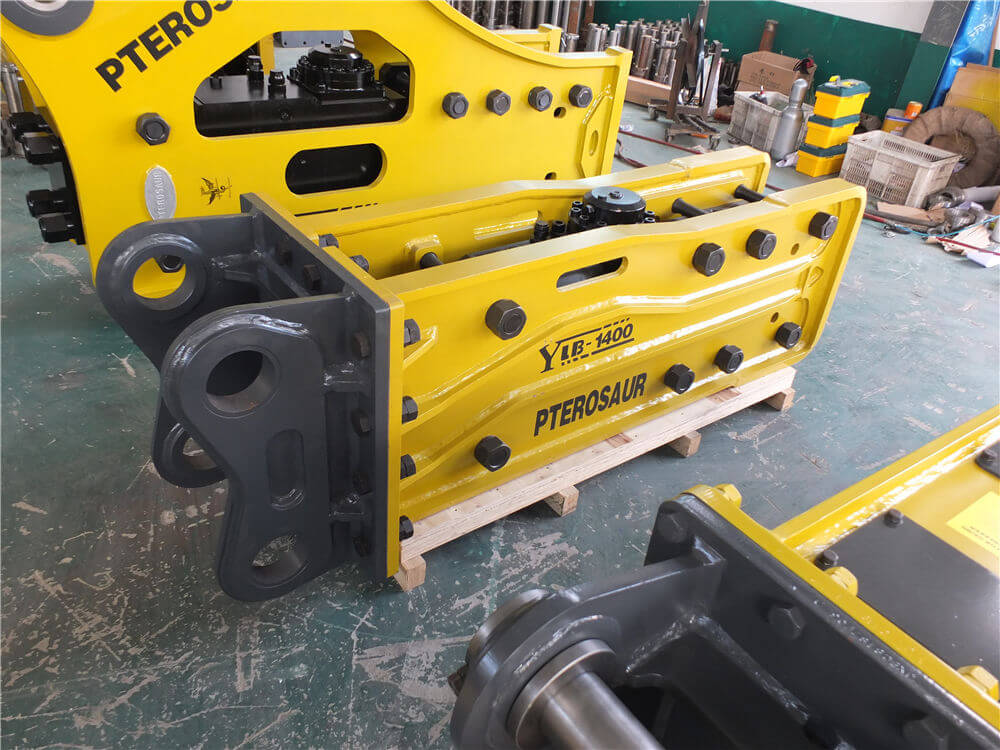Understanding Hydraulic Breakers for Excavators: A Comprehensive Guide
Hydraulic breakers have become indispensable tools in the construction and mining industries, particularly when it comes to breaking hard materials. These powerful attachments enable excavators to perform tasks that would otherwise require considerable time and manual effort. This article delves into the various aspects of hydraulic breakers, including their function, installation, and maintenance, as well as the essential components that make them work effectively.
What is a Hydraulic Breaker?
A hydraulic breaker is an attachment that attaches to an excavator’s arm, designed to break rock, concrete, and other hard materials using a hammering action powered by hydraulic pressure. The power generated allows for efficient demolition tasks, making it a popular choice for contractors across various sectors.
Key Features of Hydraulic Breakers
-
Efficiency: Hydraulic breakers are designed to maximize performance while minimizing energy consumption, thanks to advanced technologies such as fuel-saving mechanisms and intelligent hydraulic systems.
-
Versatility: Hydraulic breakers can be used with various excavator models, including those from leading manufacturers like Komatsu, Caterpillar, and Kubota. This versatility allows for their use in a wide range of applications, from road construction to mining.
-
Durability: Most hydraulic breaker hammers are built from high-quality materials, ensuring they can withstand the rigors of heavy-duty use. For instance, the joints in hydraulic breaker piping kits are often argon arc welded to meet international standards for durability.
Installation and Connection
Proper installation of a hydraulic breaker is crucial for optimal performance. Here’s a step-by-step guide for connecting a hydraulic breaker to an excavator:
-
Secure Attachment: Begin by securely fastening the breaker to the excavator’s arm using the appropriate mounting bracket.
-
Connect Hydraulic Hoses: Next, connect the hydraulic hoses from the breaker to the excavator’s hydraulic system. It is vital to ensure that all connections are tight to prevent leaks.
-
System Check: After installation, conduct a system check to ensure that the hydraulic breaker is functioning correctly and that there are no leaks in the piping.
Maintenance of Hydraulic Breakers
Maintaining your hydraulic breaker is essential to prolong its lifespan and ensure efficient operation. Here are some best practices for maintaining your hydraulic breaker:
-
Regular Inspections: Schedule regular inspections to check for signs of wear and tear on hoses and joints. Look for any leaks or blockages in the hydraulic lines.
-
Lubrication: Ensure that all moving parts are adequately lubricated to prevent excessive wear and to maintain performance.
-
Cleaning: Keep the hydraulic breaker clean and free from debris. This can help prevent malfunctions and prolong the life of the attachment.
Troubleshooting Common Issues
Even with regular maintenance, hydraulic breakers may encounter issues. Here are some common problems and their solutions:
-
Blockages: A blockage in the main oil inlet or return line can hinder performance. Regularly check these lines to prevent blockages from forming.
-
Internal Leakage: Excessive internal leakage in the piston or control valve can lead to reduced power. If this occurs, inspect the internal components and replace any worn parts.
-
Power Source Issues: An inadequate power source or internal leakage in the main pump can affect the breaker’s performance. Ensuring that the excavator’s hydraulic system is functioning correctly is crucial.
Conclusion
Investing in a hydraulic breaker for your excavator is a wise decision that can enhance productivity and efficiency on job sites. By understanding the functionality, installation, and maintenance of hydraulic breakers, operators can ensure they maximize the potential of these powerful tools. Whether you are breaking rock for a new road or demolishing concrete structures, a hydraulic breaker is an essential asset in any construction or mining operation.




































